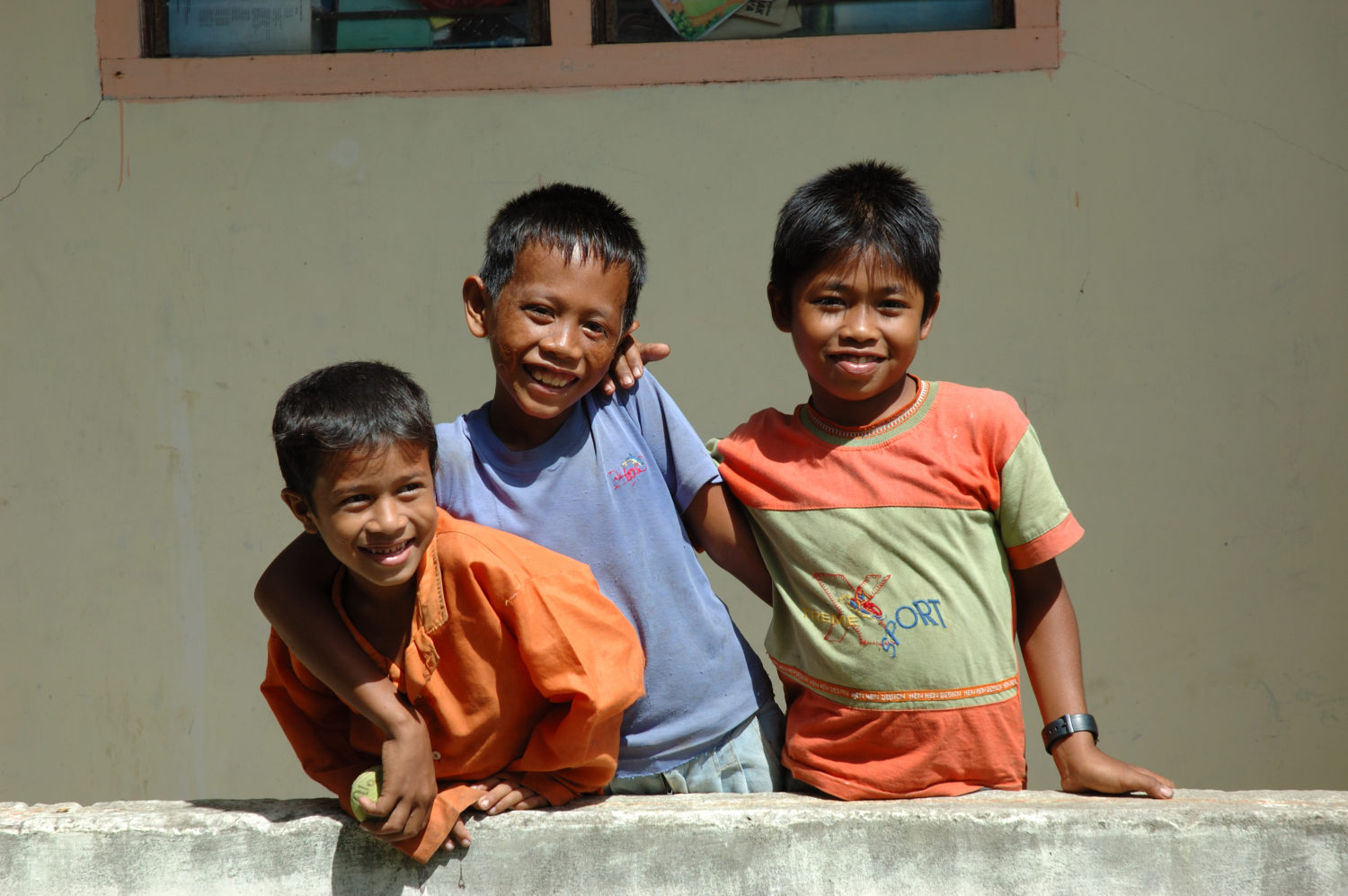Putting the Cost of Ending Poverty into Perspective: AirPods Edition
 Several economists estimate that the cost of ending world poverty is around $175 billion. To the average person, this amount can seem like an unachievable goal to reach, therefore making any contribution futile. In other instances, some people prefer not to make direct donations to end poverty, in fear that their money is not being allocated efficiently.
Several economists estimate that the cost of ending world poverty is around $175 billion. To the average person, this amount can seem like an unachievable goal to reach, therefore making any contribution futile. In other instances, some people prefer not to make direct donations to end poverty, in fear that their money is not being allocated efficiently.
Let’s consider a product that has had immense success despite its price often being called into question.
AirPods, similarly to most Apple products, have become a staple for many technology users. Chances are that you either know someone who owns a pair of AirPods or you own a pair yourself.
On different social media outlets like Twitter and TikTok, AirPods have turned into a meme in which the small product is often mocked for its big price. The first generation AirPods sold for an average of $149 per pair. On October 30, 2019, Apple launched AirPods Pro at a price of $249.
Apple sold over 60 million pairs of AirPods in 2019 and is projected to sell an estimated 90 million pairs in 2020. In 2019, AirPods generated an estimated revenue of $6 billion while the revenue in 2020 is expected to reach $15 billion.
Apple’s sales of AirPods in 2020 alone is eight percent of the yearly estimated cost of ending poverty. On a large scale, this percentage may seem like a small portion of what is needed to minimize this global issue. However, $250 on a smaller scale can go a long way to help.
6 Other Ways to Spend $250 that can Help End Global Poverty
- Sponsor a child – Many children from war-torn countries live as refugees in impoverished conditions. With a full $250 donation, UNICEF will be able to sponsor three refugee children for a lifetime. Through this donation, UNICEF can provide these children with access to clean drinking water, immunizations, education, health care and food supply.
- Buy a bed net – A bed net can help prevent the spread of malaria by creating a physical barrier between the person inside and the malaria-carrying mosquitos. The CDC Foundation’s net is an insecticide-treated net (ITN) which continues to create a barrier even if there are holes in it. Each net can protect up to three children and 50 nets can be provided with a $250 donation.
- Provide a community with bees – Bees pollinate around an average of a third of the food supply. Consequently, providing a community with a batch of bees could help local agriculture flourish. Additionally, these bees are often monitored by community-based youth programs that promote entrepreneurship. Through Plan International, seven different communities could benefit from a $250 donation.
- Register a child – By registering a child with a birth certificate, that child then has access to necessary human rights such as health care, education and inheritance. A birth certificate is also an essential part of protecting children from child marriage, human trafficking and forced labor. A $250 donation could register seven children for a record of existence.
- Buy a goat, baby chicks and a sheep for a family – Goat’s milk can provide children with protein that is essential for growth. Baby chicks can also produce nutritious eggs and the possibility to generate income. Sheep will yield milk, cheese and wool for a family. All of these animals will offer a family a continuous supply of living necessities. One of each animal can be given to a family through a $250 donation.
- Fund a community center – A $250 donation could go towards investing in the lives of youth in poverty by funding a community center. This donation goes towards building or modernizing youth centers in impoverished areas. A community center creates a space for health operations, play spots for children and technological hubs.
These are a few of the many effective ways to make a simple contribution to alleviating this global problem that costs no more than a set of AirPods.
Ending world poverty is not an easy task, nor is it inexpensive upon first glance. However, an individual can make a massive impact once the cost of ending poverty is put into perspective. A personal contribution to ending poverty can be as simple as making a donation for the same price as a pair of AirPods.
– Camryn Anthony
Photo: Flickr
